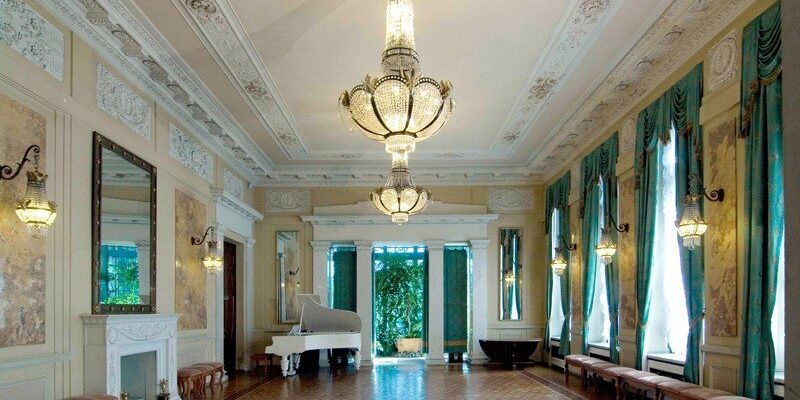State Museum of Political History of Russia
The Museum of Political History, called the Museum of Revolution under Soviet rule, is housed in two interconnected buildings that before the revolution belonged to the famous ballerina Matilda Kshesinskaya and the wealthy timber producer Brant.
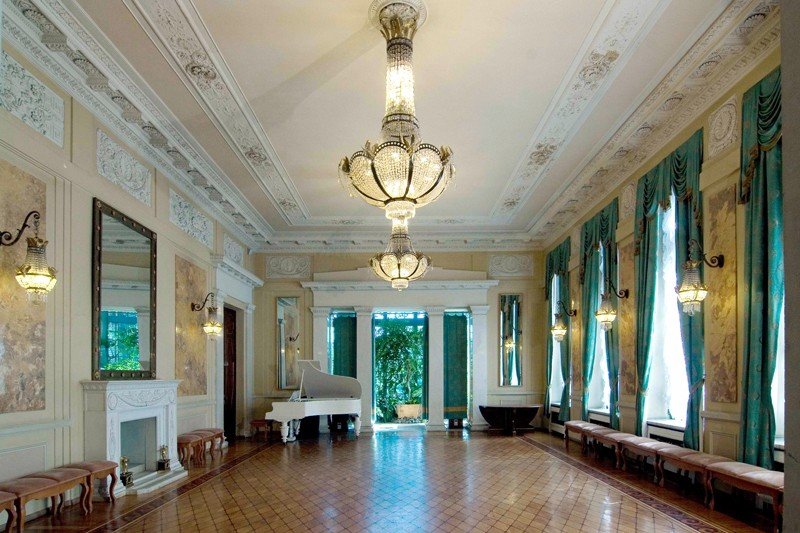
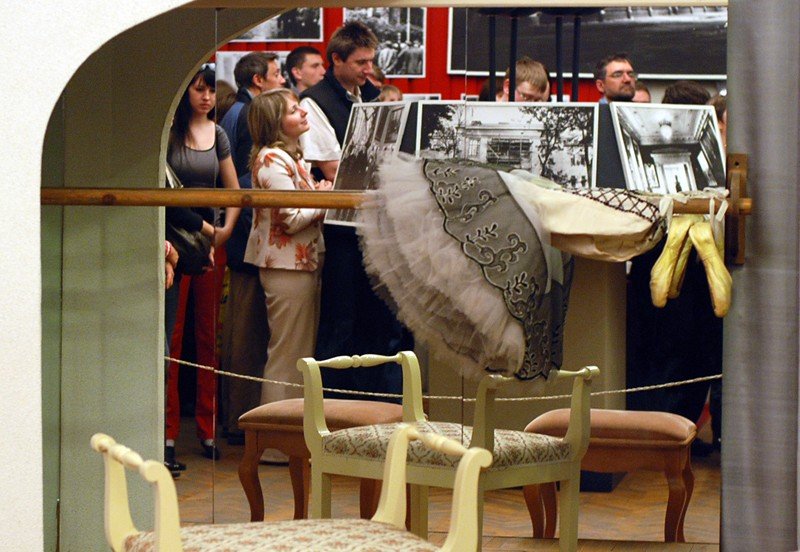

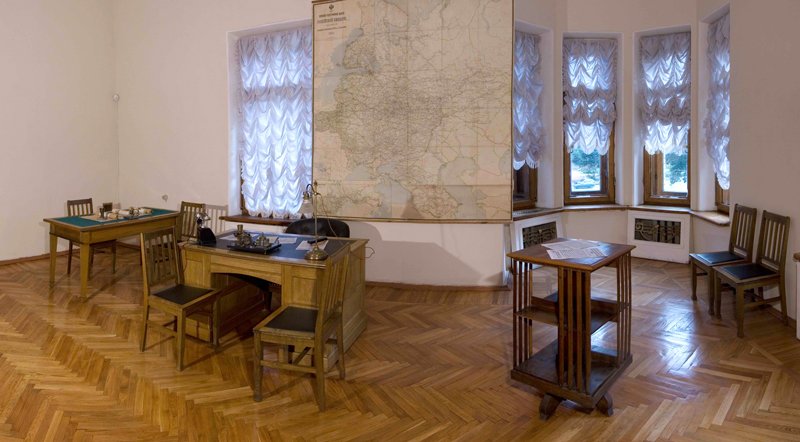
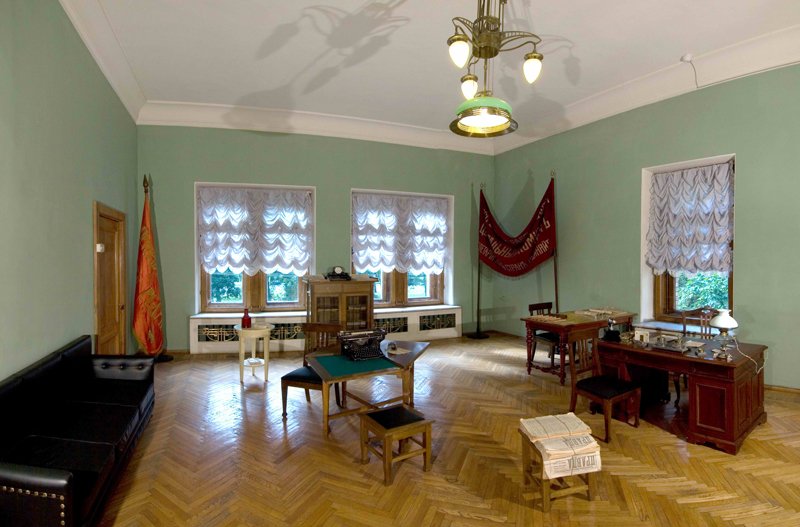
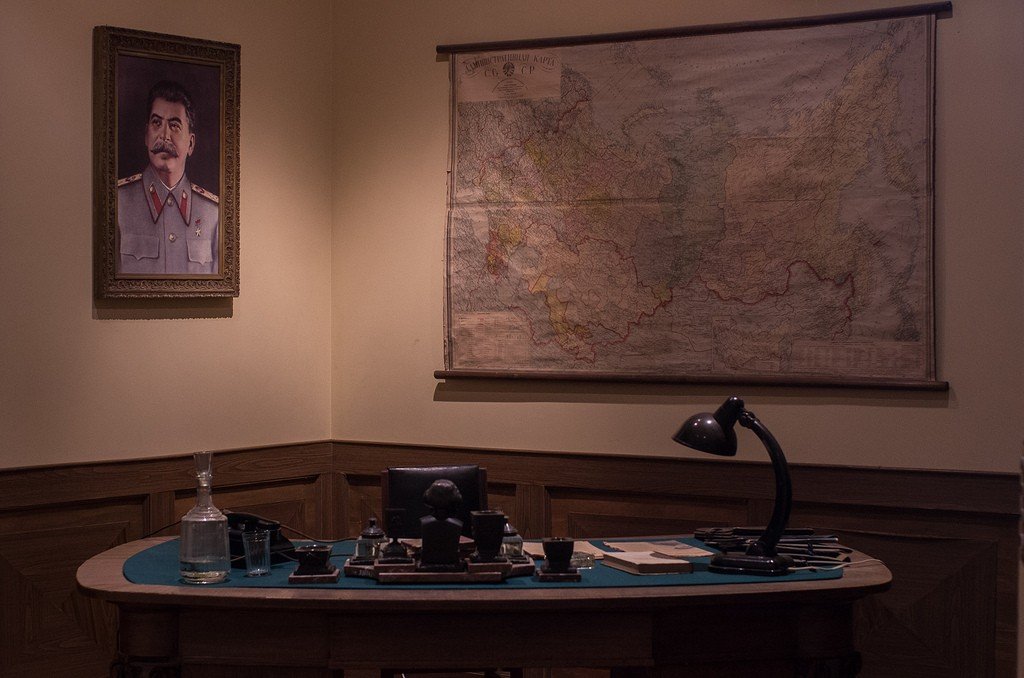
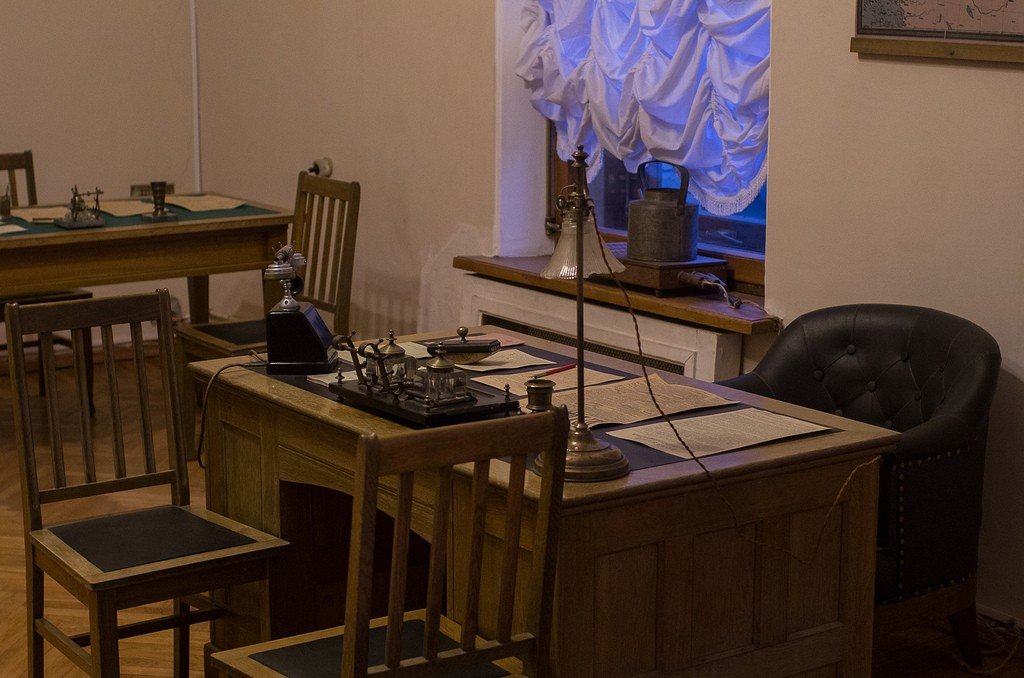
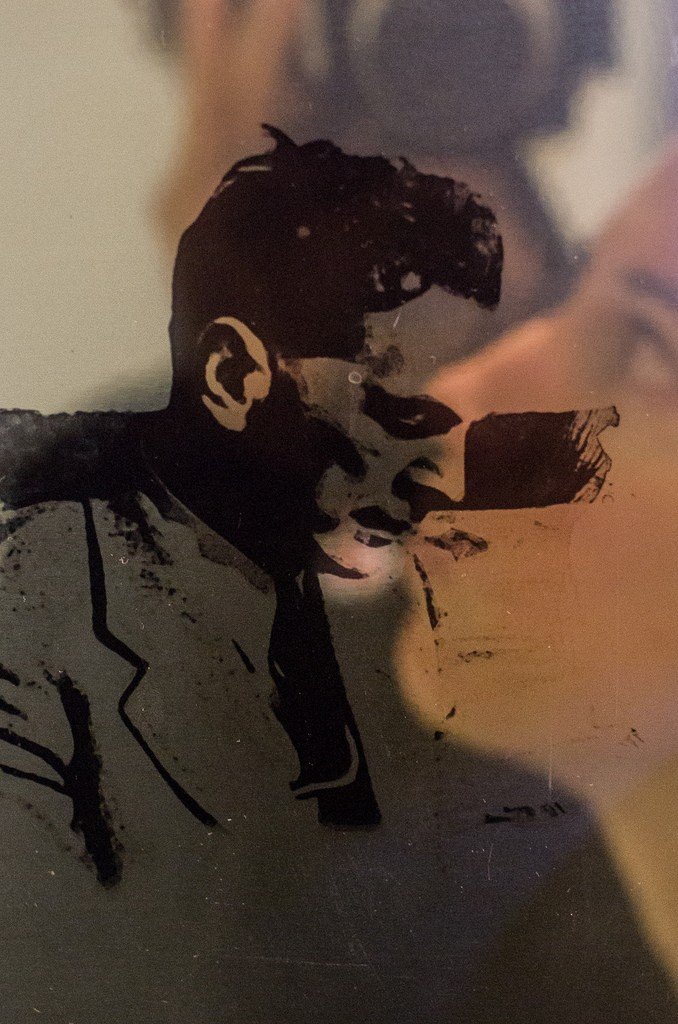
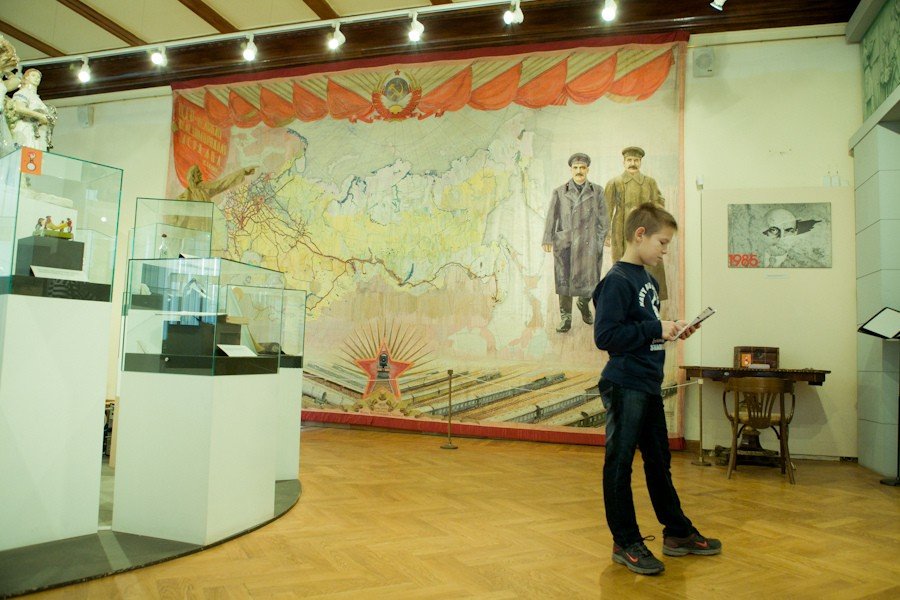
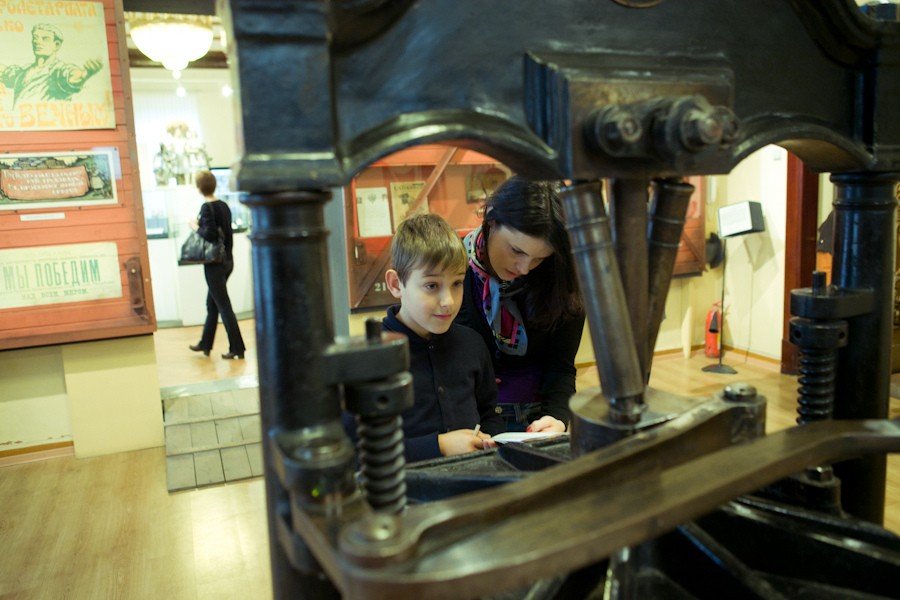
General information
After the February Revolution, Kshesinskaya, who was in close relations with several members of the royal family, had to leave St. Petersburg and then the country. The empty building was ransacked by a large mob of looters, and a few days later was occupied by soldiers of the Petrograd Auto Armored Division. One of the Bolshevik agitators reported this to the Petrograd Committee of the RSDLP(b), which was in desperate need of a room to work in after the party emerged from the underground. The Bolsheviks quickly found common ground with the “armored men” (as the soldiers of the armored division were called), and on March 11, the Committee, its Military Organization, and then the Central Committee of the Bolshevik Party moved into the Kshesinskaya Mansion, which became, as the Petrograd newspapers wrote, “the main headquarters of the Leninists.”
The White Hall of the mansion quickly became one of the centers of political life in Petrograd at the time. It was here that Lenin’s “April Theses” were first heard. Around the building constantly boiled no-nonsense rally passions. Fyodor Chaliapin in his book “Mask and Soul” recalled: “The Bolsheviks seized the palace and turned its vast balcony into a revolutionary forum. Passing by the palace, I used to stop for a while … “to listen to the speakers who were constantly changing each other. Lenin, who returned from exile, and his party comrades Stalin, Zinoviev, Sverdlov and others worked here. The Bolsheviks stayed in the mansion until the July crisis, when they had to leave the house, which now housed a self-driving battalion that had arrived in Petrograd by order of the Provisional Government.
The samokatniki managed the mansion until October 1917, after which it was placed at the disposal of the Petrosoviet. In the following years its owners changed like in a kaleidoscope: Proletkult, house of political education, orphanage, catering institute, society of old Bolsheviks…. In 1937 the newly created S.M. Kirov Museum became the owner of the building. Finally, in 1954, the Kshesinskaya mansion became the main building of the Museum of the Great October Socialist Revolution.
The Museum of the Revolution was founded back in 1919, it changed its location several times until it finally settled in its current premises. Now the museum tells not only about the revolution, but about all the crucial stages of the country’s social development. Here you can see a lot of rare archival materials, posters, photographs from the times of the three Russian revolutions, the Civil War, the Great Patriotic War and the Soviet period. It is interesting to look at the reconstructed working room of Lenin and the room of the Secretariat of the Central Committee of the Bolshevik Party, as well as the famous balcony from which the leader of the revolution spoke. Recently, the museum has seen many installations representing a typical office of a Soviet bureaucrat, a working barracks, a communal kitchen, a boiler room of the “generation of janitors and watchmen” and other sets of relics of times gone by.
.
In addition, be sure to look in the magnificent White Hall with a winter garden – the central room of Kshesinskaya’s mansion, where the ballerina organized her luxurious receptions. The exhibition “Matilda Kshesinskaya – the Great Ballerina and the Most Serene Princess” on the second floor of the museum is dedicated to the bright and outstanding fate of the mistress of the mansion where the museum is located. The Brant mansion has preserved the front entrance, the main marble staircase, and an unusually beautiful oak staircase with stained glass windows.
.
Visitors
- Address: 2/4 Kuibysheva Street. “Gorkovskaya.” .
- Tel: 233-70-52. .
- Open daily, except for readings and the last Monday of each month, from 10.00 to 18.00. The ticket office is open until 17.00. The museum is closed on January 1, 2 and May 1. Inspection – 1-2 h. .
- Entrance -100r., schoolchildren -40r., students, preschoolers and pensioners – free. Foreigners – 200 p., foreign students and schoolchildren – 100 p. .
- Free entrance to the museum – May 9 (Victory Day), May 18 (International Museum Day), June 12 (Day of Russia), the second Sunday of October – (Birthday of the Museum of Political History).
